Disney and the Representation of Cultural Diversity
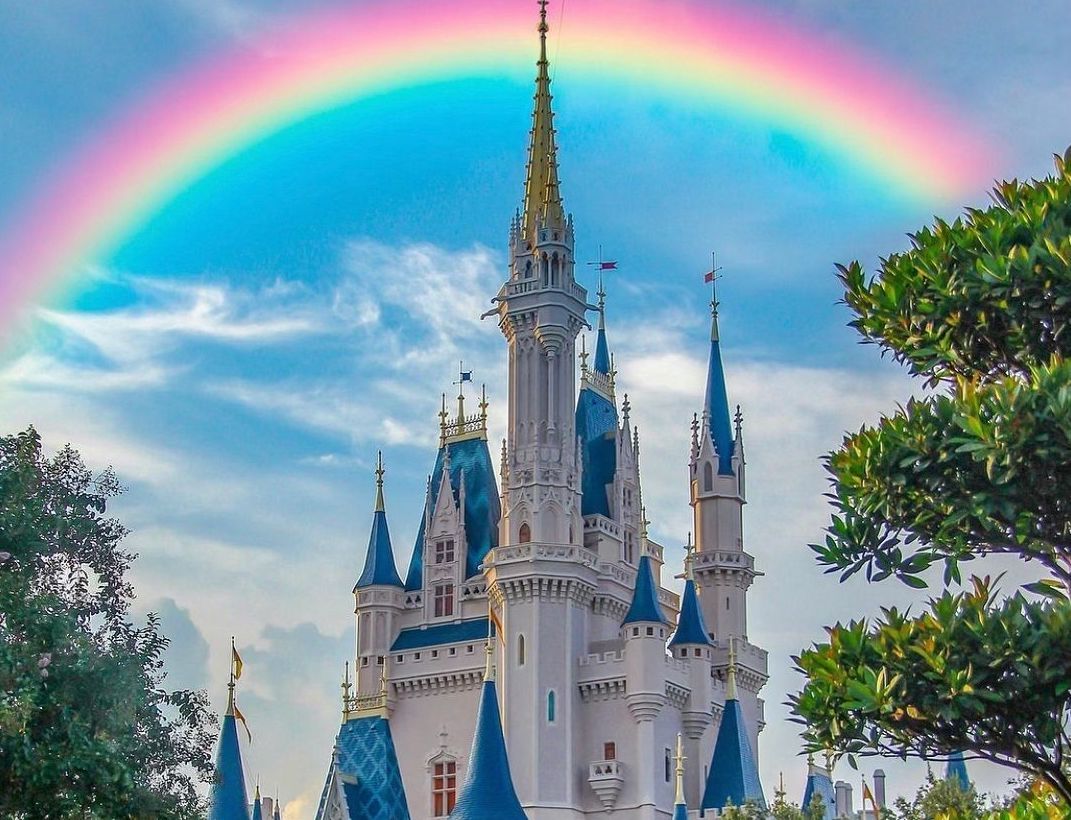
As the latest animated film from Walt Disney Studios and Pixar, Luca by Enrico Casarosa, has just been released, and Raya and the Last Dragon directed by Don Hall and Carlos López Estrada was released last March, I take the opportunity, as a fan of this genre, to take a look at the evolution of these family productions in terms of queer representation and cultural diversities. The first movie I saw in theaters when I was four years old was The Little Mermaid, which shares many similarities with Luca. During my childhood, every December I would go to the Imperial Cinema in Port-au-Prince, Haiti to watch the release of the new Disney “masterpiece”. This is how I watched most of the movies of the 90’s, which was called the “renaissance period” of the Disney studios.
As a child, I felt different from others and alienated from my environment. In that sense, Disney characters always connected with me. From The Little Mermaid to Tarzan, the protagonists of these films are always ostracized from their community. The mermaid Ariel dreams of leaving the world under the ocean to live on land among humans. Belle feels misunderstood by the people of her village. Mulan does not fit the gender stereotypes of her society etc. I realized I was gay at 19, long after I had seen the Disney movies, but in retrospect, I find that even though these movies foreground a uniquely heterosexual view of romantic relationships, there was something about them that appealed to me as a queer person. Later, I learned that the composer of the songs for Beauty and the Beast and The Little Mermaid, Howard Ashman, was a gay man who died of complications from AIDS. Knowing this, one can analyze the lyrics of his songs differently. Especially since they focus a lot on the feeling of difference, of the quest to belong to a world that welcomes us as we are.
Lately, Raya and the Last Dragon and Luca are the most queer films I’ve seen from Disney even if it’s not explicit at all. In both of these films, there is no romance, and the relationships between the main characters are presented as dear and strong friendships. It is left to the interpretation of the viewer. Actress Kelly Marie Tran, who lends her voice to Raya, even said she played the character with the idea that she was flirting at times with the antagonist Namaari. And the fact that there is no love story with a male character allows to give more freedom to the imagination of people who want to see more than what happens on screen. On Luca’s side, there is a strong childhood friendship between two boys and a girl. Again, there is no romance. But we see the two boys, Luca and Alberto, showing a strong affection for each other. And as for Giulia, there is nothing typically feminine about her. One can say that she dresses quite masculine. She is sporty, go-getter, and she sees the two boys as only friends. I see behind the choice of the creators, a way to give more freedom to people and especially to the children who watch these movies so that they can identify with the characters on the screen according to their own gender identity and sexual orientation.
Compared to the films of the 90s that necessarily included a heterosexual love story, things have changed a bit in 2021, but we still can’t talk about a great inclusive opening. Instead of having clear queer characters, they prefer to remove all romance. Queer people still have to make do with innuendo to recognize themselves, whereas there was no hesitation in talking about a romance between a man and a woman in previous Disney films. At least we can be glad that the days when only villains were coded as queer characters are over. Ursula in The Little Mermaid, Jafar in Aladdin, Scar in The Lion King, Governor Ratcliffe in Pocahontas, are all characters that reproduce clichés associated with queer people in the Disney universe. Nowadays, it is the heroes who are coded as queer. But still, it seems that Disney plays more on ambiguity, like don’t ask, don’t tell. There is still a way to go before Disney and Pixar clearly present LGBT characters in a film for the whole family.
Now what about cultural representation? As a child who was interested in History, ancient civilizations, myths and fantasy, I enjoyed discovering the various universes through which Disney films made me travel; the fictional kingdom of Agrabah in the middle eastern desert in Aladdin, mythological Greece with Hercules, 5th century China in Mulan, late medieval Paris with the Hunchback of Notre-Dame, European castles with Beauty and the Beast and America at the time of conquest and colonization in Pocahontas. Africa was also represented, but only as a wild continent devoid of people and civilizations. This is the case in The Lion King, a story with animal characters, and in Tarzan, where the only humans are white Englishmen who land in a jungle in the heart of the Congo. The country is never named in the Disney version, but it is usually the place where Tarzan’s adventures are supposed to take place – we’ll come back to that later.
Obviously, the representation of all these cultures in Disney’s films was not intended to offer an authentic point of view on them. The studio was most often inspired by legends and tales from cultures other than American culture, and when creators drew inspiration from material related to the Americas, it was usually from pre-Columbian cultures (Pocahontas and Brother Bears). Most of the stories were set in territories outside the United States and always at a time distant from our own, but paradoxically, they conveyed, above all, contemporary American values and the worldview of the United States. After all, a film must speak to its contemporaries. One suspects that Disney would not have attracted crowds if the studio had represented cultures in a very authentic way, with different values from the Western American ones. No matter what culture is shown on the screen, the goal is always to transform it so that it reaches Americans, who are the primary target audience.
In Hercules (1996), the Greek gods, which form a complex whole, are divided according to Christian manicheism between good and evil, which does not correspond at all to the mentality and worldview of ancient Greece. Our hero is born into a very nuclear, Christian-style family, with Zeus as father and Hera as mother, and Hades plays the wicked uncle who reigns in the underworld as the god of the dead and wants to become the supreme god. The film closes with Hercules declaring his love for the beautiful Megara – and goodbye Greek tragedy! The film was received very negatively by the Greeks.
In Mulan (1998), many liberties are taken to align with Western audience. For example, one of the famous scenes in the film is when the heroine cuts her hair to pretend to be a man and puts on her father’s armor, whereas in China at the time, men kept their hair long. This scene, it seems, was ridiculed by the audience in China. Moreover, in the 2020 live action version, the scene was removed in order to be more faithful to the China of the time – and we have to admit that the film has lost some emotional charge for the fans of the animation. This new version of the film tries to be more authentic and respectful of Chinese culture, but the film was a failure both with Westerners, who were very disappointed with the changes, and with the Chinese public – who did not even have full access to the film (in order to not draw international attention to the controversy surrounding the forced internment of the Uighur Muslim minority, the Chinese government banned the promotion of the film). In addition, some Chinese critics said that the vision of China in the film was old-fashioned and not very original (tradition, honor…) and that it was out of step with the current audience. Many felt that Disney’s intention was to have the approval of the Chinese government and not to be faithful to Chinese culture in all its complexity. For my part, I also find that the animated version, despite the anachronisms and westernization of the film, offers a more emotionally moving work. Sometimes, changing historical reality to reach the viewer with the truest emotion can be necessary.
In Aladdin (1992), the fictional kingdom of Agrabah is portrayed as barbaric and savage through the lyrics of the opening song, and then with the marketplace where sellers threaten to cut off the hands of thieves, where the merchants are scammers. The film does not allow the audience to go out with a positive Eastern value or custom, even though this region of the world has contributed enormously to the history of mankind. Except for Aladdin, who is drawn with more European features and appears simply ‘tanned’, the characters are caricatured. As for Princess Jasmine, her costume comes from the orientalist fantasy nourished by the western world about Arab women. A woman, especially if she is a member of the royal family, would never walk around with her bared belly, arms, and shoulders. It is the princess who is the most sexualized, and she even uses her sexuality as a weapon, unlike other European princesses who are shy and always wait for their prince to kiss them. Above all, Aladdin conveys values that are reputed to be universal, but which correspond to the contemporary American era or the values she wants to transmit – being true to your heart and freedom. Agrabah serves only as an exotic setting. Hercules (1997) and Mulan (1998), although Americanized, offer much more in terms of cultural richness. But the final values with which the audience emerges remain Western.
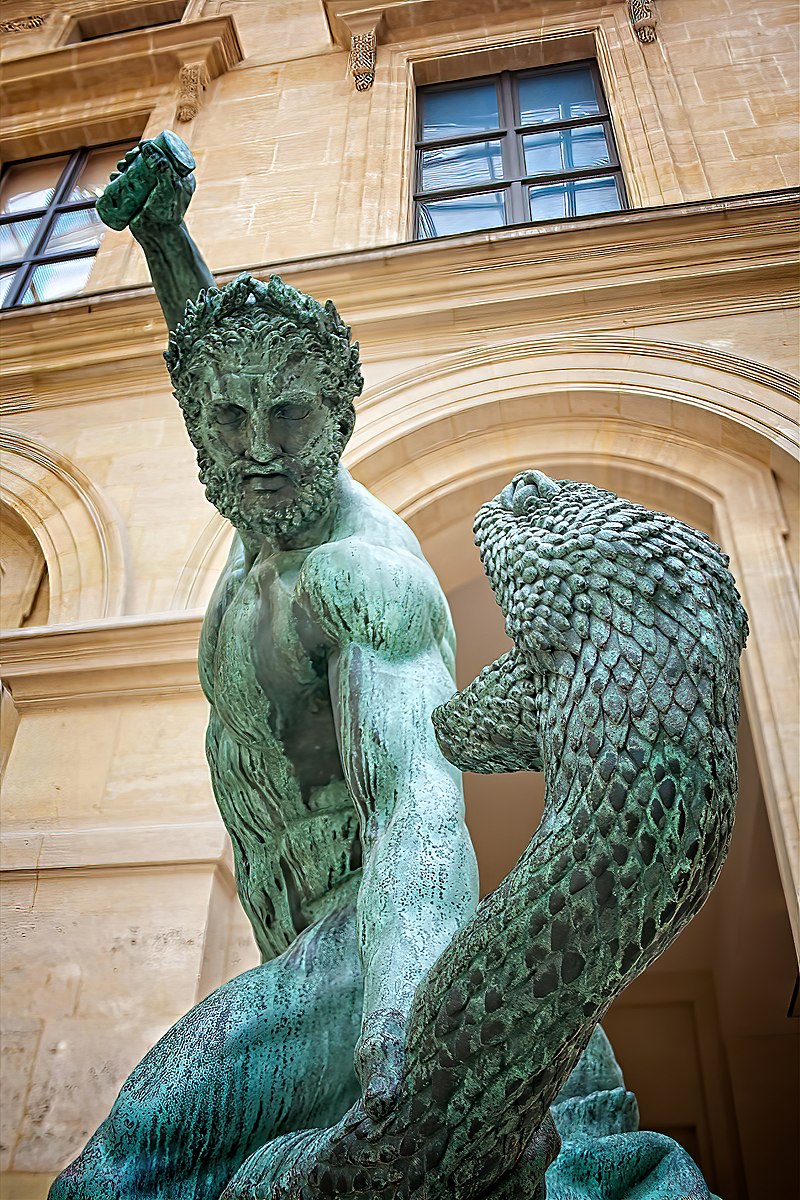
In Pocahontas (1995), the creators are inspired by an Amerindian legend and romanticize the heroine’s tragic experience, placing greater emphasis on the love between the two protagonists from different backgrounds as a powerful antidote against war and racial hatred. Like Jasmine, Pocahontas wants to be free to follow her heart and marry the man of her choice. Pocahontas shows a better portrait of the Amerindians than Aladdin of the Arabs. They are not stereotyped in the drawings and are not portrayed as savages, but some have criticized the fact that the film portrays them conforming to the cliché of the “noble savage”. They are thus quite peaceful and live in harmony with nature, unlike the English who are only interested in plundering the resources of the soil. European civilization is not shown as superior to that of the Powhatan tribe. Disney is not faithful to history and tries to find a balance to satisfy everyone. It remains that this is the first film for which the studio tries to reflect on the representation of diversity by hiring Native American consultants. So, for the first time, there is a desire not to offend representatives of a non-Western culture. Moreover, to address racism so clearly in a film intended for a children’s audience was still a bold move. In 1996, Disney tackled themes that were also social, in The Hunchback of Notre Dame. The villain of the film, Judge Claude Frollo, was clearly a xenophobe, a racist, who wanted to purge the city of Paris of gypsies (Roma).
It will take about 20 years before Disney addresses a theme more directly related to racism or colonization. In 1999, the subject was removed from Tarzan, even though the origin of the adventures of this king of the jungle is directly linked to colonialism and racism. It should be noted that for the creator of Tarzan, Edgar Rice Burroughs, this name literally means white-skin and his work intends to demonstrate the superiority of the white man on the African continent. In order not to broach the subject at all and to simplify the story, Disney removed Blacks from the African continent, so that in the animated version, the first humans that Tarzan meets are white, sending the message that the white man embodies the representation of civilization and humanity by default, which cannot be considered less racist. Thinking to avoid the subject, Disney still ends up affirming the dominating vision of the white man that the creator had at the beginning. Tarzan’s story is that of a young man torn between his membership in the gorilla group and his desire to join the humans whose existence he has just learned of. One can only wonder why Tarzan’s encounter with black people would not trigger this questioning about his humanity and his link with the apes. Why does the first woman he falls in love with have to be a white woman? It is true that it is impossible, in the context of Tarzan, to introduce Blacks into the picture without addressing the racial and colonialist dimension of the time.
The Princess and the Frog (2009) is set in New Orleans in the 1920s in the midst of racial segregation. The film retains the culture linked to jazz and keeps the vodou spirituality but more in the form of dark magic and wonder, to add a touch of fantasy. And all the racism as well as the history of slavery are completely removed from the film. Social inequality is presented only from the point of view of classism. The protagonist Tiana has a white best friend, Charlotte, whose father is the richest man in the city, and that doesn’t cause any problems. While Pocahontas had received bad reviews for taking many liberties in the way it portrayed the conflict between natives and settlers, few critics blamed the creators of The Princess and the Frog for romanticizing New Orleans in the 1920s. However, the film gives an even more false image of the America of that time by depicting an acceptable friendship between a white and a black woman at a time when the two communities lived separately. Perhaps it has something to do with the fact that The Princess and the Frog is a fictional tale and is not based on a person who existed? But the place and the time are real, just like the culture of jazz and vodou. If it was a matter of remaining in fiction, the story could not have been placed in an imaginary city as well. If we wanted to avoid dealing with racism, we could have also removed the white characters and made the story take place in the black community of New Orleans. Why must Tiana have a white friend when it would have been more credible if her best friend was black in this context? Was it fear that the audience would not rush into the theaters in the absence of a white main character? It is true that even in black communities, many would not have wanted the tale featuring Disney’s first African American princess to have a racial theme that breaks with the dream that Disney offers, (the introduction of the evil vodou wizard had been criticized by them). The fact remains that despite its success, The Princess and the Frog is the film that made significantly less money than Rapunzel (Tangled) or The Snow Queen (Frozen) and other films of the same genre.
In 2016, the theme of racism and discrimination seems to be dealt with in Zootopia, a universe populated only by animals and in which prey and predators, once opposed for obvious reasons, have found a way to live together. Nevertheless, tensions and prejudices are perpetuated. Zootopia is intended as a metaphor for multicultural Western cities where a great diversity of cultures live side by side and where each group maintains prejudices towards the others, thus maintaining the discrimination that some animals are victims of. But in Zootopia, the film’s creators make it impossible to associate an ethnic group, a culture, whites or racialized people with the category of prey or predators. In a first reading of the film, I wondered if the predators symbolized Blacks in the West, but if so, the metaphor is false, considering that in Western modern history, Whites were the first to bring Black people as slaves to America, and from the point of view of Blacks, it would be more accurate to see Whites as predators. You can’t say the rabbits are the whites and the foxes are the blacks; it just doesn’t work, precisely because that’s not the intention of the film at all. Even the main character, a female rabbit, cannot be turned into a direct allegory of sexism because she is discriminated because she is a prey, and male rabbits would be treated the same as she is, but by female of different species. The film, voluntarily and skillfully, blurs the tracks to make any such link with our real societies impossible. The film uses a very broad metaphor so that everyone can get their money’s worth, but at the same time remained confused. In the end, this is not a film about racism, since we can’t really draw a conclusion about how our societies function. It would be more accurate to say that the film deals with prejudice and discrimination in general than with racism. Moreover, in Zootopia, it is impossible to say that the prey is more privileged than the predators or the other way around. And in the end, it is a film like any other by Disney that encourages the young people in the audience to pursue their dreams despite the prejudices that society projects on them and the discrimination they may face.
In 2019, Disney takes a lame approach to the theme of colonization in Frozen 2. The Northuldra representing the indigenous people of Scandinavia are presented as magical beings who live in harmony with nature. The theme of colonization only becomes clear towards the third act of the film. A radical solution is quickly found and the film concludes with a peace with the two peoples without any real journey and without any real consideration of what is at stake. 25 years after Pocahontas, the treatment of the subject has not evolved at all. It must be said that films in the 90s like Pocahontas and The Hunchback of Notre-Dame dared more directly address socio-historical issues related to racism and colonization. Moreover, this theme of colonization in Frozen 2 was added by Disney to make amends with the Sami people who blamed the studio for having borrowed elements of their culture without collaborating with them. Thus, with the second part, Disney worked with the Sami people to get their approval in the way of representing these indigenous people of Scandinavia.
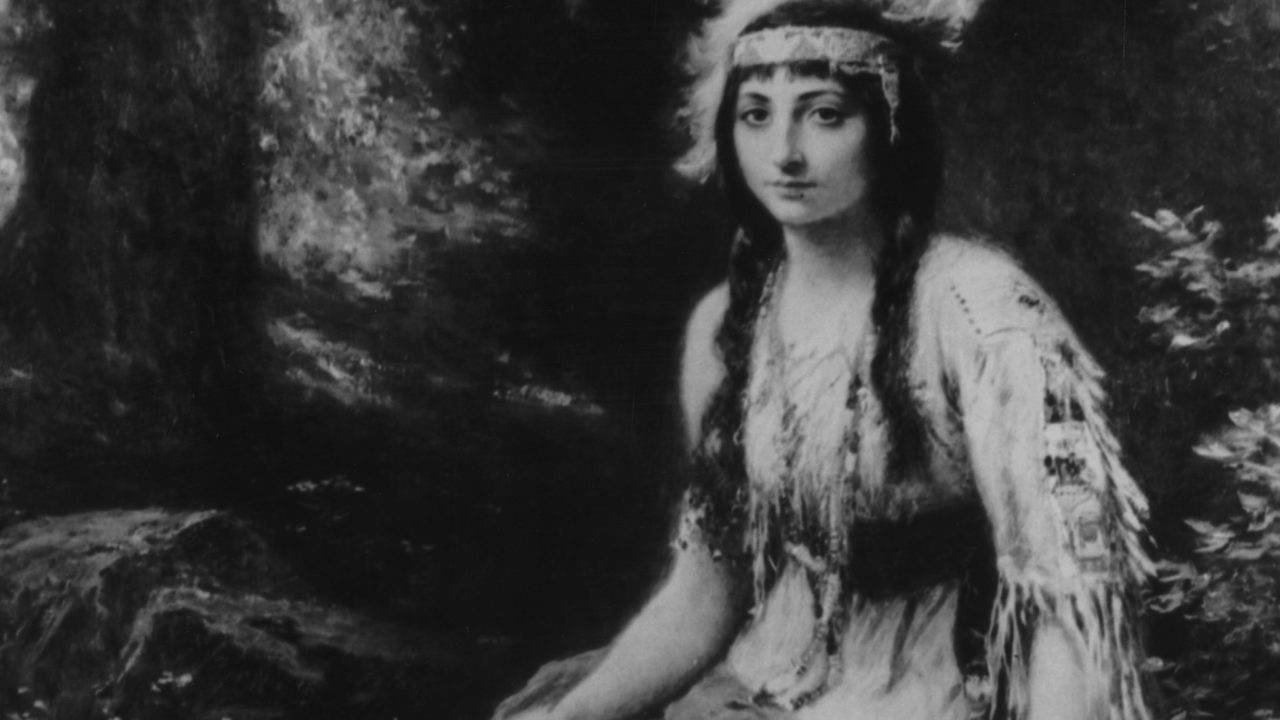
Recently, the studios brought to life a story inspired by Polynesian mythology, Moana. This film seems to have been well received by both Westerners and Polynesians, although there has been some controversy over the portrayal of Maui as an obese character, whereas in the myth he is a slim young teenager with a sculpted body. And the story of Maui itself has been somewhat modified for the purposes of the film. But the underlying message does not change. Moana is called upon to follow her heart, to change the tradition to choose an older one, that of exploring the Pacific Seas. The biggest revolution has been to introduce no love story whatsoever. However, the film remains Americanized in its values. Several Polynesians assert that a woman cannot become a chief according to their customs, whereas in the film, the fact that Moana is the heiress is not at all an object of conflict. This change is very much in tune with the times – and the narrative plot of the young woman who cannot accede to a hierarchical function has already been dealt with many times. Thus, it reveals how ‘other’ cultures are adapted to current issues.
Raya and the Last Story is the first studio film to represent South Asian culture. It tells the story of a warrior princess named Raya who is in search of the Last Dragon, in order to bring peace to a fictional world called Kumandra, divided into five different regions. I haven’t seen the movie yet, and I’m looking forward to watching it. Like Moana, Raya doesn’t seem to have a love interest, and women dominate the film – Raya, her rival, and the dragon. In 2021, putting forward strong women and racialized women is no longer as much of a daring act or a revolution, considering that nowadays that is what the public is asking for. Disney has often put forward strong and determined women in their own way, from its beginnings with Snow White and her mother-in-law, Cinderella or the fairies in Sleeping Beauty (that would be another discussion), but especially in the period of the ‘Disney renaissance’ I’m talking about. The only difference is that the women in the most recent films are not necessarily romantically linked to a man, but that’s not especially what makes them stronger than the female characters of the 90s. The real revolution, in the end, lies in the fact that we are no longer forced to resort to a romantic plot in a film. As much in Pocahontas and Aladdin, the love story was part of the narrative framework, as much in Mulan, in 1998, the romantic story seems superfluous. This addition seems made to consolidate the heterosexuality of the character. But at that time – and still in most films today – the norm in Hollywood is for the main characters to know a love story.
In conclusion, Disney continues to take us on a journey into new cultures, in times far removed from our own, drawing on their myths to add fantastic elements to its films. Disney takes more care not to offend people who identify with the cultures depicted. Characters are not drawn in a caricatured way, customs are not belittled. Special care is taken so that the audience does not come out with negative ideas about the people portrayed. But we can see that there is not a big change compared to the 1990s, in the sense that the studio only follows current trends and because the authenticity of the culture always takes second place. In fact, it’s the social changes that pushes the studios to progress and to adjust to the current time. And when it comes to social issues such as racism, colonialism, the studio remains very shy. As can be seen in the news throughout the Western world, in America and Europe, it remains extremely difficult to talk about racism.
Like Disney, I am also inspired by myths and ancient civilizations to give free rein to my imagination; I inquire to be more or less accurate in my representation; but in the end, I also use the symbols and language of other peoples or cultures to tell me about myself and to share my vision of the world.

Laurent Maurice Lafontant is born in Haiti and has immigrated in Quebec in 2001 where he has been living since then. He has graduated in Fine Arts from Concordia University after achieving a double major in Film Studies and French Literature. Laurent has been involved in the LGBTQ+ community since 2008. He is a volunteer for Gris-Montreal an organization that raises awareness against homophobia. Laurent has been a volunteer and an employee at African Rainbow, an organization that worked with Black LGBTQ+ people in Quebec. He directed two short documentaries Be Yourself (2012) and Beyond Images (2014). Both films talk about Black LGBTQ+ people in Montreal. Laurent is now president of Massimadi Foundation, the organization behind Massimadi: an Afro LGBTQ+ Film & Art Festival. Laurent is also a self-published writer who launched his book “La dernière lumière de Terrexil” in spring 2018.

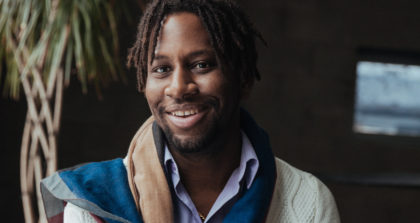
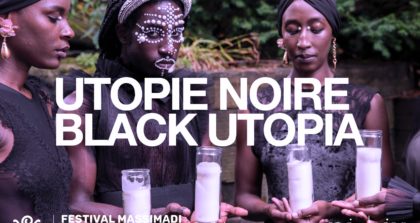
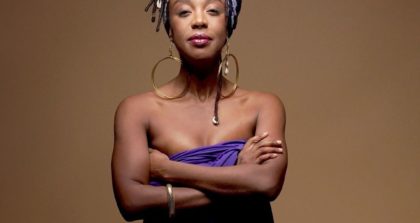

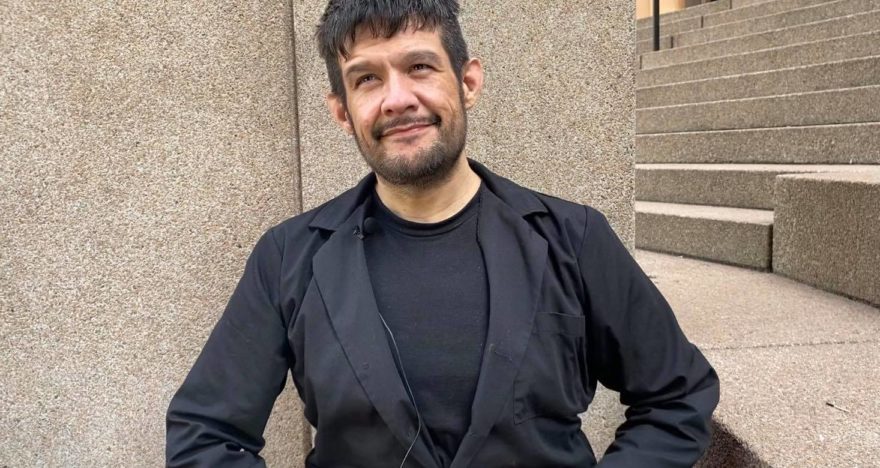
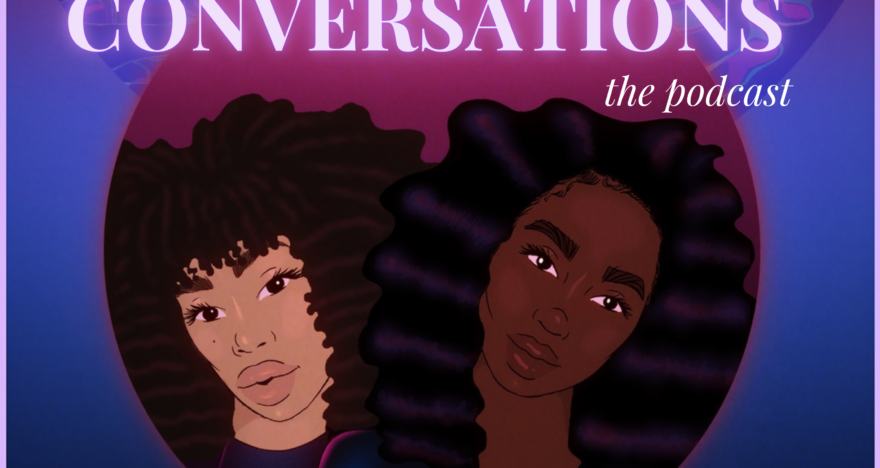
View Comments
No Comments (Hide)